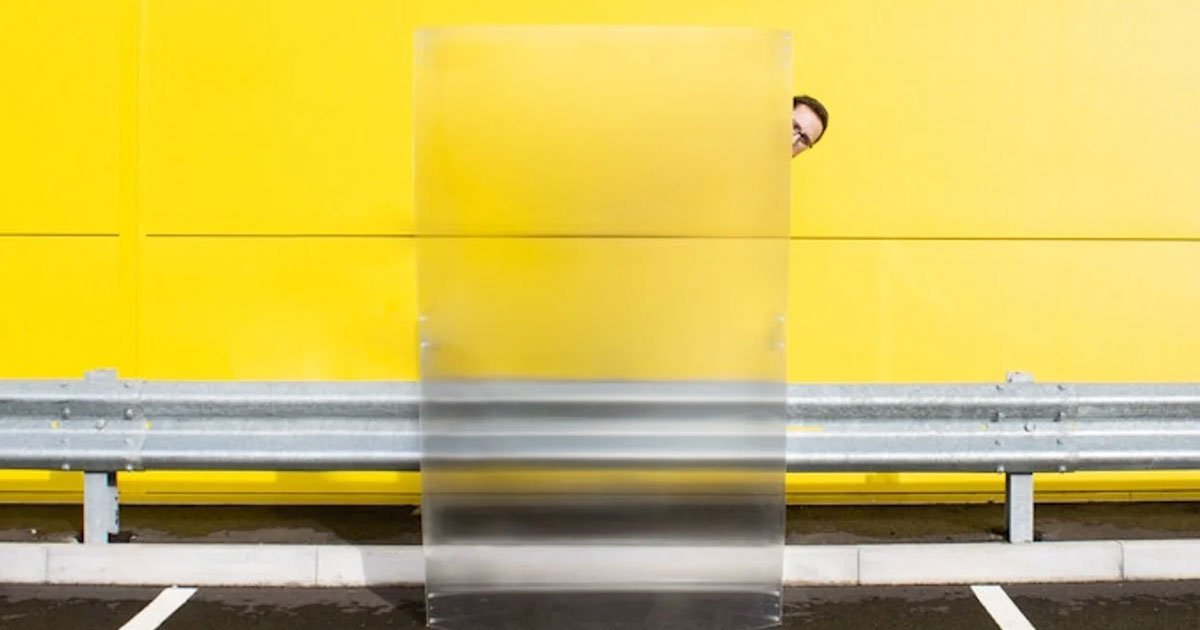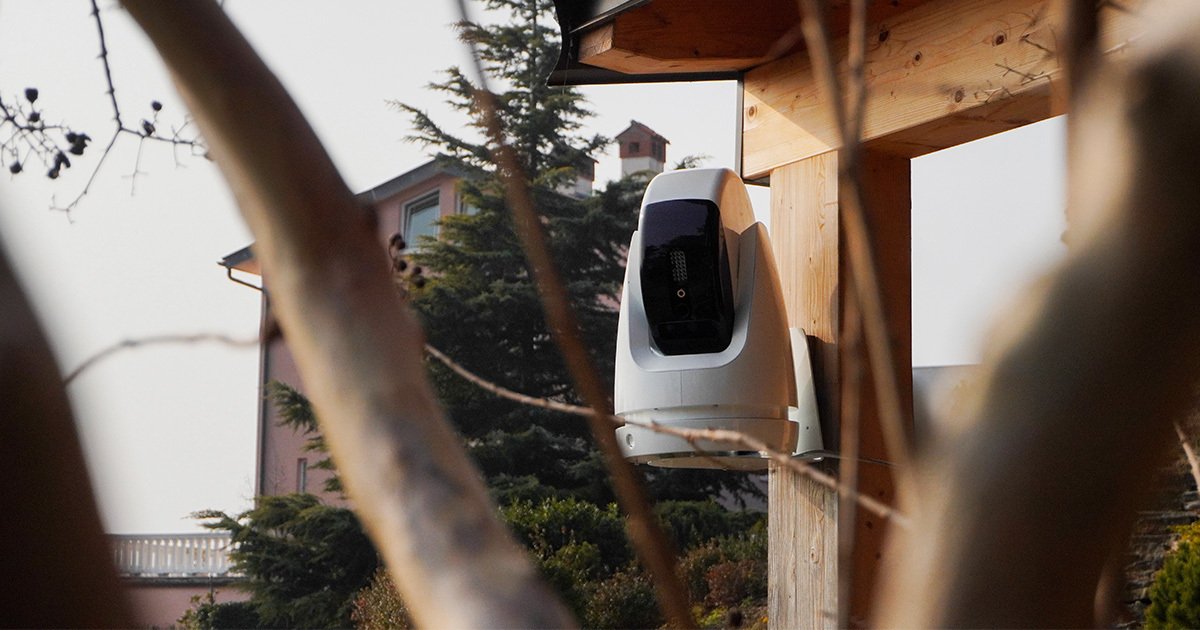Scientists Create Prototype of Robot Designed to Cannibalize Parts of Other Robots and Build Them Into Itself

Should robots be able to cannibalize each other so they can accelerate their evolution, bringing them closer to resembling self-sufficient lifeforms capable of living independently of their human masters?
Good news if your answer to that question is “yes”: a team of researchers from Columbia University have built a robot that can seek out and merge with other robots to grow bigger, stronger, and adapt its abilities to its environment — perhaps one day enabling entire “robot ecologies” to blossom.
What their efforts have produced so far, as detailed in a new study in the journal Science, is a prototype called the “Truss Link,” a rod-shaped module that can expand, contract, crawl, and use its magnetic tips to connect with other modules. It may not look like much on its own, but it’s a versatile platform that can build complex structures that can move and interact with their environment in adaptable ways.
“True autonomy means robots must not only think for themselves but also physically sustain themselves,” lead author Philippe Martin Wyder, a researcher at Columbia Engineering and the University of Washington, said in a statement about the work. “Just as biological life absorbs and integrates resources, these robots grow, adapt, and repair using materials from their environment or from other robots.”
In a fascinating video shared by the researchers, a jumble of six, separated Truss Links teleoperated by the researchers writhe towards each other until they form one robot with two triangular halves, with one half having an extra link, or “tail.” The researchers call this process “robot metabolism,” in that it crudely mirrors how biological organisms can absorb each other, like a rough mechanical equivalent of what you might have done with that salad at lunch.
The newly formed shape then inches towards a ledge, throws itself off but leaves the tail lingering above, props up one half against a nearby object, and uses the height difference so the tail can close the shape to form a tetrahedron, demonstrating that the robots could use their environment to transform themselves from a 2D structure to a 3D one.
From there, the tetrahedron robot then absorbs another truss link to use it as a “walking stick.” Now a “ratchet tetrahedron,” the robot can move 66 percent faster than before up a ten-degree incline, the researchers said.
In a further testament to their versatility, the robots also showed that they can assist other machines upgrade themselves: in a video, a ratchet tetrahedron on a platform uses its walking stick like an appendage to yoink up another robot below it so it can complete its tetrahedron transformation. The robots also showed they can maintain themselves by discarding modules that are low on battery and replacing them with fresh ones.
Wyder’s inspiration, per an interview with Ars Technica, came from the observation that in the biological world, just 20 standard amino acids can combine into a practically limitless number of proteins. Each Truss Link module, in Wyder’s mind, serves as a single amino acid.
It’s part of his philosophy of avoiding what he sees as a common pitfall in the field of robotics, which is merely seeking to mimic biology. “In doing so, we’ve been just replicating the results of biological evolution,” he told Ars. “I say we need to replicate its methods.”
Still, the bots have their work cut out for them before they can rival the living world. That they were teleoperated by the researchers instead of operating entirely independently is one shortcoming — though in fairness to the team that built them, life had billions of years to let random processes play out before forming the first multicellular organisms.
Computer simulations conducted by the researchers suggest the robots could spontaneously produce most of the tested shapes with random motor commands within 2,000 attempts — except a tetrahedron, for complex geometrical reasons. That’s a big exception, but they’re adamant that with more runs and more simulation time, the robots would’ve been able to eventually form the 3D structure. Thus, the “Truss Links could ‘grow’ on their own even if they acted randomly,” they write.
Next, Wyder wants to build even more types of these modules. “Life uses around 20 different amino acids to work, so we’re currently focusing on integrating additional modules with various sensors,” he told Ars.
More on robots: Detroit’s Using Robots to Pick Up Garbage, Mow Grass, Clear Snow, and Much More












